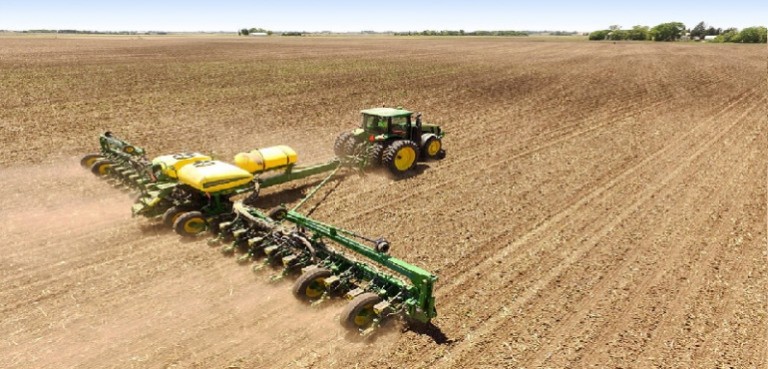Carbon sequestration is described as capturing and storing carbon dioxide from the atmosphere to minimize global warming. The process can be attained either through human interventions or naturally. Sometimes, the process is referred to as carbon storage or capture.
Carbon sequestration happens when plants capture carbon dioxide and release oxygen as the by-product. Just as plants and aquatic organisms can sequester large amounts of carbon dioxide in the sea, which is partially why seas are responsible for a big chunk of climate change reduction. Humans also intervene in biosequestration, utilizing technologies like underground storage, carbon capture, and storage with bioenergy.
Here are some benefits of carbon sequestration
Biosequestration provides several advantages for tackling global warming and climate change. It offers a practical means to minimize greenhouse gas emissions and can be utilized to store CO2 that is already in the atmosphere. By capturing and storing CO2, it can help reduce the emissions released into the air, directly minimizing their effect on the environment.
When CO2 in the air is reduced, it has positive effects on your well-being and public health. Certain exposure to CO2 in humans results in dizziness and headaches, increased heart rates, and difficulty breathing. Some studies have found possible connections to neurological disorders, respiratory diseases, and diabetes with long-term exposure to persistently heightened C02 levels.
Also, biosequestration helps create jobs and promote economic development. It takes some technologies like reforestation and bioenergy, which can raise investment in renewable energy sources and new employment opportunities.
Contact Groundwork BioAg for more information about carbon dioxide mitigation.








